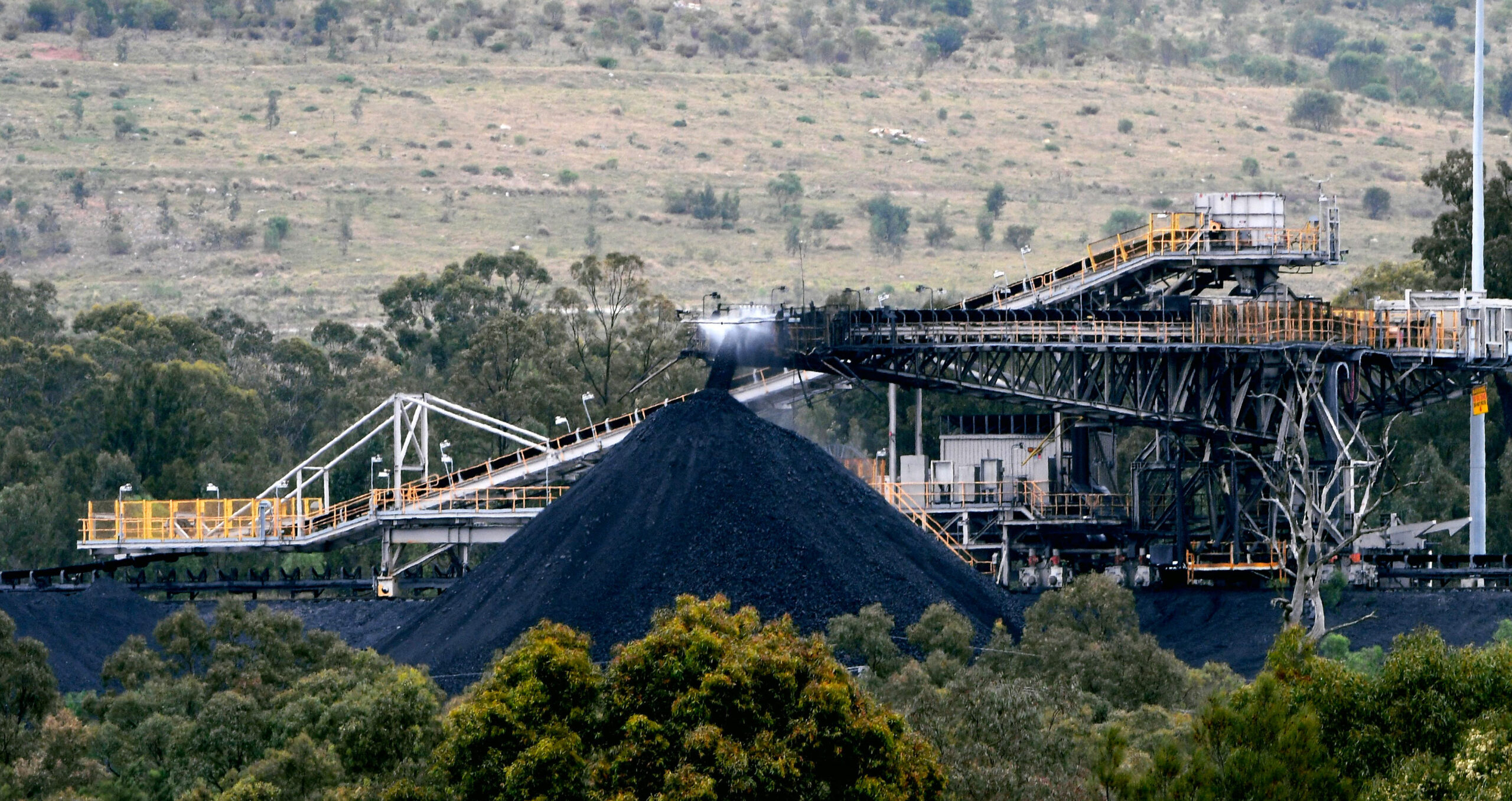
New Australian government makes U-turn on climate policy

Canberra’s lower house has passed a historic bill to cut carbon emissions but this is just the tip of the iceberg of policy negotiations yet to come, climate experts say.
Last week, Australia, the world’s third largest exporter of fossil fuels, enshrined a national emissions reduction target into law for the first time, breaking away from past governments’ softer positions on climate change.
The climate bill was proposed by prime minister Anthony Albanese’s Labor government, which came to power earlier this year and controls Australia’s House of Representatives, or lower house. It mandates a minimum 43 per cent reduction in carbon emissions from 2005 levels by 2030.
The bill is expected to pass the Senate next month, provided it receives one more vote of support in addition to those from the Greens. Australia’s Senate consists of 76 seats, of which 26 belong to the Labor government, 12 to the Greens and 32 to the opposition, with the remaining few seats occupied by various parties. In order for the climate bill to take effect, 39 senators need to vote in favour.
In the house of representatives, one MP from the opposition alongside other independent MPs voted in favour of the bill.
Reactions have been largely positive, with the Environment Institute of Australia and New Zealand telling Sustainable Views that a legislated 43 per cent minimum target is a “significant shift” that also “gives business added certainty around investing in climate mitigation”.
In fact, the government could have implemented the climate measures through executive policy rather than parliamentary assent. However, experts agree that legislating the target sends a stronger message, indicating there is no way back.
“The climate bill is an important signal that the era of inaction on climate may finally be over,” said Jennifer Rayner, head of advocacy at Climate Council Australia, a research organisation that aims to share scientific information on climate change with the public. The Council recommended a 75 per cent reduction target by 2030 and net zero emissions by 2035 (as opposed to the current 2050 net zero target).
Policies set by Australia’s previous government would have accumulated to only reduce emissions by 15 per cent below 2005 levels by 2030, according to research by Climate Action Tracker.
Greens’ coal and gas battle
A 75 per cent reduction target was supported by the Greens alongside a ban on new fossil fuel projects, but Labor rejected both proposals. It did, however, agree to tweak the bill so that its 43 per cent target is a minimum that does not exclude deeper cuts.
The bill will also require government to seek public advice from the Climate Change Authority – the agency advising the government on climate change policy – before setting future climate targets.
The Greens have agreed to support Labor’s bill, despite not getting any guarantees on their main climate priority, a ban on new coal and gas developments across Australia.
“Labor must, in this term of government, address the role of coal and gas both in the domestic and export markets,” said the Climate Council’s Rayner. “Parliament must keep looking for options to address the climate impact of fossil fuels, because new coal and gas are fundamentally incompatible with limiting warming to well below 2°C.”
Meanwhile, EIANZ said it was unclear how fossil fuel projects for the export market will be governed under the new reduction target. “A domestic 43 per cent target will clearly impact fugitive emissions associated with exports, but by itself is unlikely to halt future fossil fuel projects as there are budgetary pressures on government to continue exports, and contracts for gas exports can’t simply be rescinded,” EIANZ added.
A possible compromise on the issue would be to impose climate impact assessments when considering new coal and gas projects or extending existing ones. Both EIANZ and the Climate Council agree this could be included in the review of the Environment Protection and Biodiversity Conservation Act, Australia’s main environmental law. Climate change does not currently feature as a triggering factor under the act, but scientists are calling on environment minister Tanya Plibersek to update the law in line with scientific evidence, Rayner said.
Concrete measures
Australia’s climate bill does not currently define any specific mechanism, nor does it set five-year carbon budget targets (unlike, for example, the UK’s net zero strategy), to achieve emission reductions. However, Labor’s climate plan proposes two main policy areas for further development.
One is to reform “the safeguard mechanism”, which was initially introduced in 2016 to reduce emissions from major industrial sites. The safeguard covers 215 facilities across the country, but reports indicate it has failed to limit emissions. In its plan, Labor has committed to tighten companies’ baseline emissions over time, but hasn’t given details on what this would look like in practice.
In its second policy area, renewables, Labor has pledged $20bn to upgrade the country’s electricity grid so it can handle more renewable power.
While policy developments across different segments of the economy have been welcomed, opinions among policymakers differ on how fast this transition should happen and what to focus on first. For instance, Rayner said, when it comes to environmental management, some parliamentarians back greater investment in environmental restoration, while others prioritise improving land management in the agriculture sector.
According to a 2019 report by The Australia Institute Climate and Energy Program, Australia’s exports of coal, oil and gas rank behind only those of Russia and Saudi Arabia in terms of global emissions.
Similar Articles

In Brief: EU parliament rubber-stamps CSDDD; US imposes strict rules on carbon pollution from power plants

UK Climate Change Act remains legally sound 15 years on, experts say


